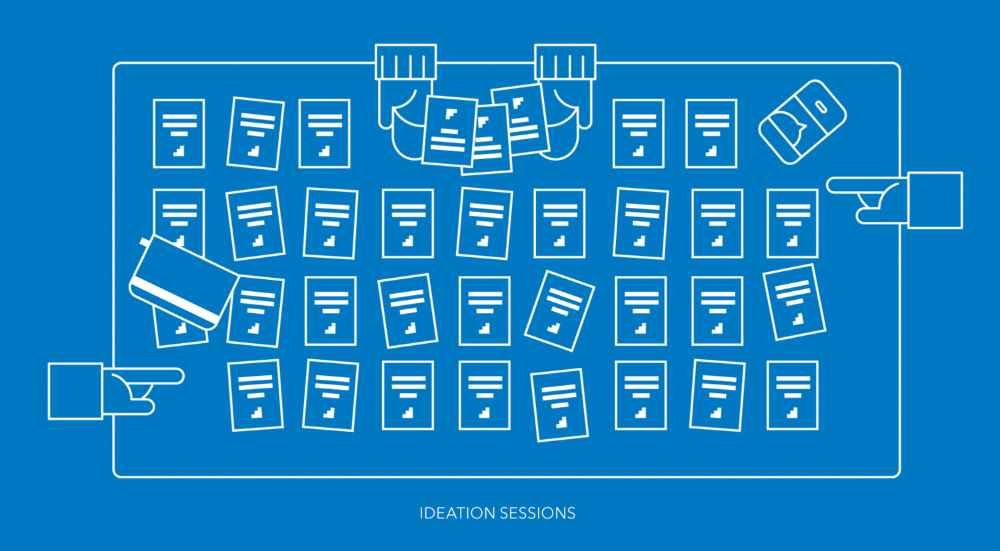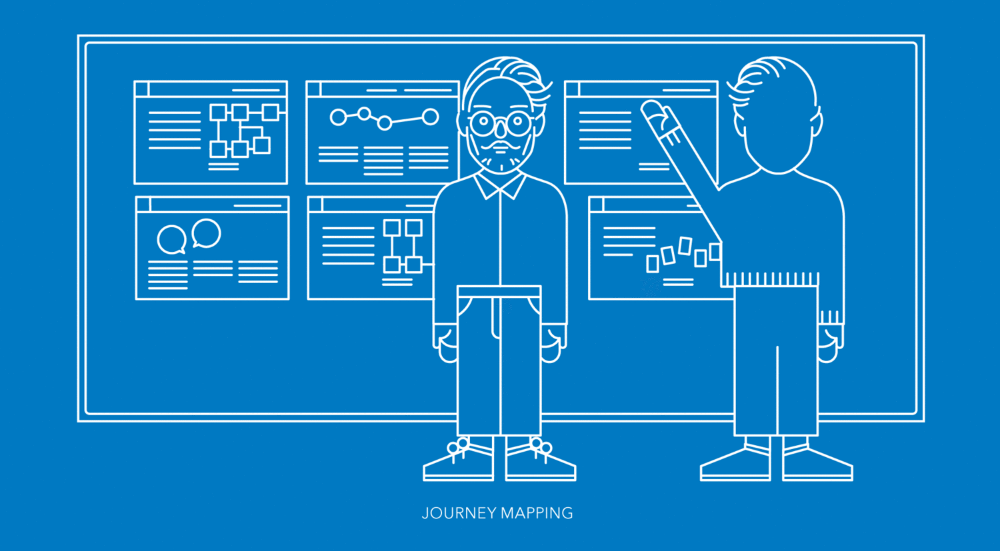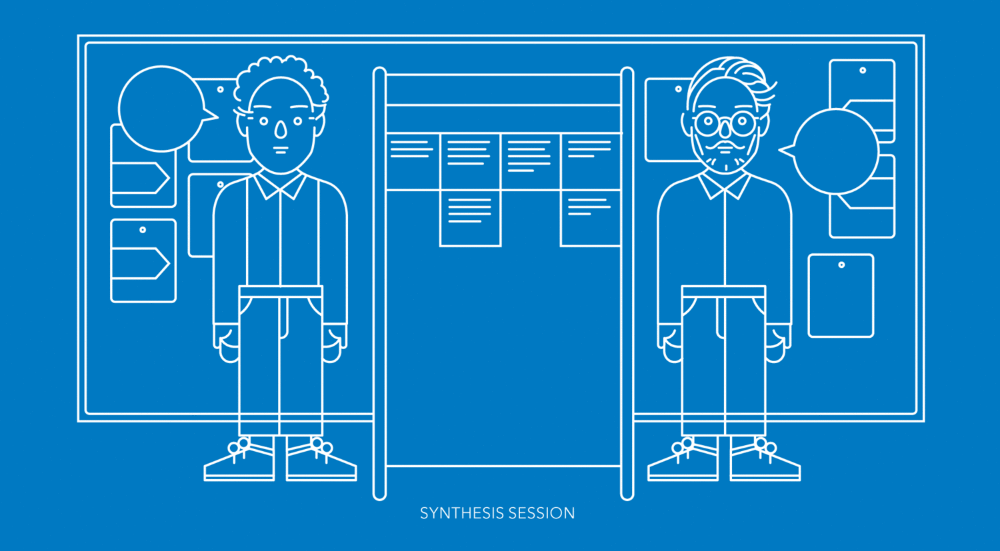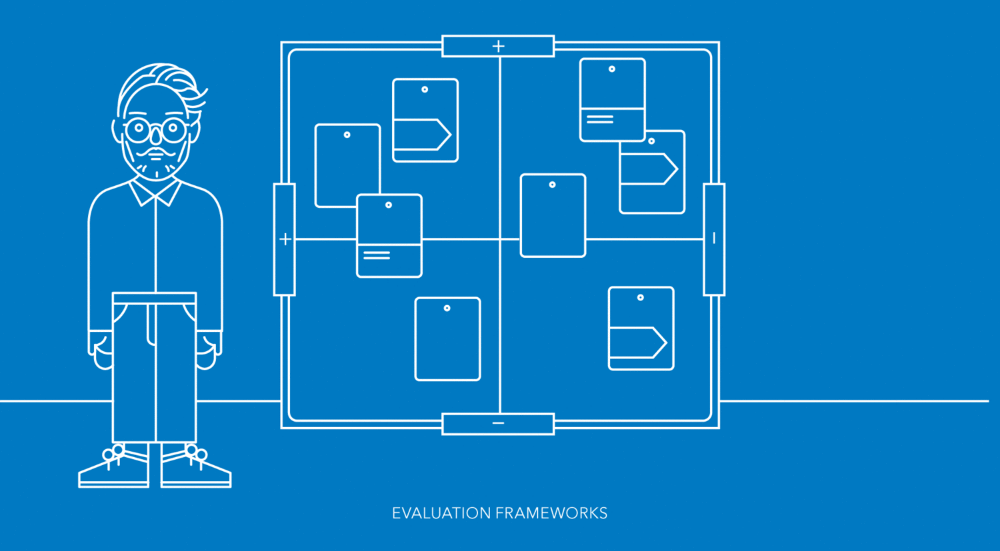Co-Design
The co-design phase brings stakeholders together to use the findings from Discovery to explore opportunities for new or improved services.
During co-design, the project team invites the real experts in how a service works — the stakeholders — to participate in a facilitated process of brainstorming and concept creation. Co-design is transformative in that it enables us to think expansively about a service, and to transition from "what is" to "what if". Inviting different stakeholders of a service, including users and providers, to participate in this process allows us to understand and negotiate multiple — and sometimes conflicting — perspectives on a particular service. It helps us ensure that our new service concepts are driven by a realistic understanding of needs and constraints instead of by our own preferences, agendas, or assumptions.
Tools + Techniques
IDEATION SESSIONS
Before deciding which service concept(s) to pursue in the prototyping phase, we try to consider as many alternative concepts as possible. There are various ways to "ideate," or generate ideas for new services; but whether it is part of an impromptu meeting of collaborators or a facilitated workshop with stakeholders, the basic premise of any brainstorming session is the same: generate lots of ideas as quickly and freely as you can.
JOURNEY MAPS
Describing a service is a lot like telling a story. There are characters, contexts and events. There is a beginning, middle and end. So, when imagining a new service or studying an existing one, we often use visual storytelling frameworks — such as storyboards, timelines, or flowcharts — to literally map a user's journey through a service, depicting their interaction(s) with the service and its touchpoints along the way. These visual narratives can be detailed diagrams of the pains and pleasures of a service, or simple sketches of in an intended experience.
SYNTHESIS SESSIONS
Once we are satisfied that we have engaged all the key stakeholders and have generated as many ideas as possible, we begin the delicate process of combining and selecting the most promising service concept(s) to develop further. Writing each concept as a simple, actionable statement helps to put each concept in a common language that is easier to compare. Clustering or combining these action statements help reveal redundancies and synergies across each service concept. We often find new innovations through the simple translation, combination, or reconfiguration of preexisting ideas.
EVALUATION FRAMEWORKS
Choosing the best ideas from a collection of good ideas can be a difficult task, requiring both critique and compromise. Some ideas will naturally generate more conversation or attention, but the outliers should not be overlooked. To facilitate decision making and build consensus, we establish clear selection criteria based on the goals and constraints of the project. Placing our ideas into categories or plotting them along axes derived from these criteria help organize and prioritize ideas for further development.
References + Resources
The Convivial Toolbox - Elizabeth Saunders
Co-Creation in Government - Francis Gouillart + Tina Hallett
Engaging Citizens in Co-creation in Public Services - Satish Nambisan + Priya Nambisa









